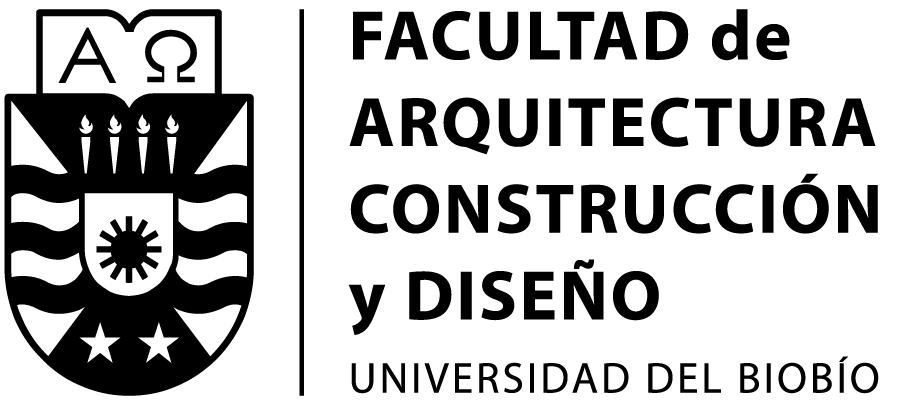Ocupación territorial de un fragmento. Estrategia militar en la frontera de Chile en el siglo XIX
Palabras clave:
fragmentación espacial, estrategia territorial, línea defensiva geográfica, doblamientoResumen
El origen histórico del hábitat en la región del Bío-Bío fue muy singular y no repetible en el resto de Chile.
La geografía fragmentada incivilizada y sin vías de comunicación al sur del río Bío-Bío hacia fines del siglo XIX, más la resistencia indígena y la percepción como país de estar cortado en dos ante una frontera inexpugnable por la vía de la colonización civil, forzó una decisión política de asentar definitivamente territorios, a través de la estrategia de la fuerza militar. Así, en el área geográfica que se forma como un intersticio y se denomina "La Frontera", la ocupación territorial se definió por líneas defensivas a lo largo de vías fluviales, que se tradujeron en una serie de fuertes militares que dieron nacimiento a ciudades como Collipulli, Mulchén, Negrete o Temuco.
No podía esta situación crónica de inestabilidad, permitir la consolidación de ciudades fundadas ni el desarrollo de una economía agraria ni de intercambio comercial, lo que explica el atraso en la incorporación de esta área geográfica al territorio nacional. Un país dentro de otro país, que no asume sus reglas ni se somete a su jurisdicción, ni menos se incorpora al régimen económico imperante en esa época.
Descargas
Descargas
Publicado
Cómo citar
Número
Sección
Licencia
El contenido de los artículos y reseñas que se publican en cada número de Urbano, es responsabilidad exclusiva de los autores y no representan necesariamente el pensamiento ni comprometen la opinión de la Universidad del Bío-Bío.
Las/os autoras/es conservarán sus derechos de autor, sin embargo, garantizarán a la revista el derecho de primera publicación y difusión de su obra. La publicación del artículo en Urbano estará sujeta a la Licencia de Reconocimiento de Creative Commons CC BY-SA que permite a otros compartir-copiar, transformar o crear nuevo material a partir de esta obra para cualquier propósito, incluso comercialmente, siempre y cuando se reconozcan la autoría y la primera publicación en esta revista, y sus nuevas creaciones estén bajo una licencia con los mismos términos.![]()























